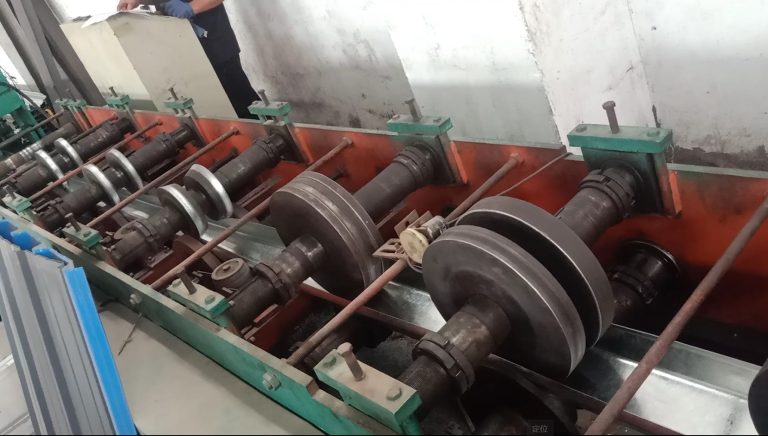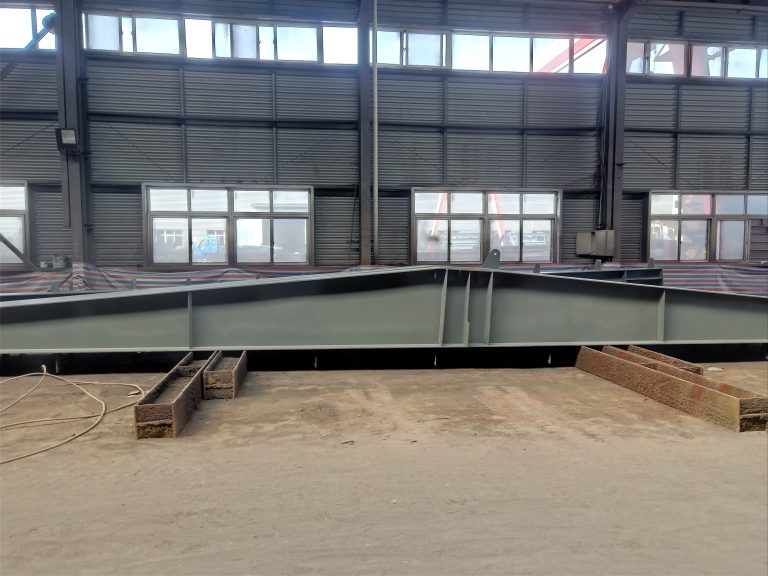Inhoudsopgave
Advantages of Using Innovative Connection Technology in Steel Structures
Steel structures have long been a popular choice for construction projects due to their durability, strength, and versatility. One key aspect of steel structures is the connections that hold the various components together. Traditional connection methods, such as welding and bolting, have been used for decades. However, innovative connection technology has emerged in recent years, offering a range of benefits for steel structures.
One of the main advantages of using innovative connection technology in steel structures is increased efficiency. Traditional connection methods can be time-consuming and labor-intensive, requiring skilled workers to perform the necessary tasks. In contrast, innovative connection technology often involves prefabricated components that can be quickly and easily assembled on-site. This can help to reduce construction time and labor costs, making projects more cost-effective and efficient.
Another benefit of innovative connection technology is improved structural performance. Traditional connection methods can sometimes result in stress concentrations or weak points in the structure, which can compromise its overall strength and stability. Innovative connection technology, such as high-strength bolts or friction connections, can help to distribute loads more evenly throughout the structure, reducing the risk of failure and improving its overall performance.
In addition to efficiency and performance, innovative connection technology can also offer greater design flexibility. Traditional connection methods can be limiting in terms of the types of structures that can be built and the architectural features that can be incorporated. Innovative connection technology, on the other hand, can allow for more complex and creative designs, enabling architects and engineers to push the boundaries of what is possible with steel structures.
One example of innovative connection technology is the use of moment-resisting connections in steel structures. These connections are designed to resist lateral forces, such as wind or seismic loads, by allowing the beams and columns to move independently of each other. This can help to improve the overall stability and resilience of the structure, making it better able to withstand extreme weather conditions or seismic events.

Another example of innovative connection technology is the use of composite connections in steel structures. These connections combine steel components with other materials, such as concrete or timber, to create hybrid structures that offer the benefits of both materials. This can help to improve the overall performance and sustainability of the structure, while also reducing its environmental impact.
Overall, innovative connection technology has the potential to revolutionize the way steel structures are designed and constructed. By offering increased efficiency, improved structural performance, and greater design flexibility, these technologies can help to push the boundaries of what is possible with steel construction. As the demand for sustainable, resilient, and cost-effective building solutions continues to grow, innovative connection technology is likely to play an increasingly important role in the future of construction.
Case Study: Application of Innovative Connection Technology in Steel Structure Construction
Steel structures have long been a popular choice for construction projects due to their durability, strength, and versatility. However, the traditional methods of connecting steel components have often been time-consuming and labor-intensive. In recent years, innovative connection technologies have emerged that are revolutionizing the way steel structures are built.
One such technology is the use of bolted connections with high-strength steel bolts. These bolts are designed to provide a secure and reliable connection between steel components, while also allowing for easy disassembly and reassembly if needed. This technology has significantly reduced the time and labor required for steel structure construction, making it a cost-effective and efficient option for builders.
Another innovative connection technology that is gaining popularity is the use of welding robots. These robots are programmed to weld steel components together with precision and accuracy, resulting in strong and durable connections that are free from human error. By using welding robots, builders can ensure that their steel structures are built to the highest standards of quality and safety.
One of the most notable applications of innovative connection technology in steel structure construction is the construction of large-scale industrial buildings. These buildings often require complex steel structures that must be assembled quickly and efficiently to meet tight deadlines. By using innovative connection technologies, builders can streamline the construction process and ensure that the building is completed on time and within budget.
In a recent case study, a construction company used bolted connections with high-strength steel bolts to build a large warehouse for a manufacturing plant. By using this innovative technology, the company was able to reduce the construction time by 30% and save thousands of dollars in labor costs. The warehouse was completed ahead of schedule and met all safety and quality standards, thanks to the use of innovative connection technology.
In another case study, a construction company used welding robots to build a steel bridge that spanned a river. By using welding robots, the company was able to complete the bridge in half the time it would have taken using traditional welding methods. The bridge was built to withstand heavy loads and harsh weather conditions, thanks to the precise and accurate connections made by the welding robots.
Overall, the application of innovative connection technology in steel structure construction has revolutionized the way buildings are built. By using high-strength steel bolts and welding robots, builders can create strong and durable connections that are cost-effective and efficient. These technologies have enabled builders to construct complex steel structures quickly and safely, leading to faster construction times and lower labor costs.
As the construction industry continues to evolve, it is clear that innovative connection technology will play a crucial role in shaping the future of steel structure construction. By embracing these technologies, builders can create buildings that are not only strong and durable but also cost-effective and efficient. The application of innovative connection technology in steel structure construction is truly changing the way we build, and the possibilities are endless.







